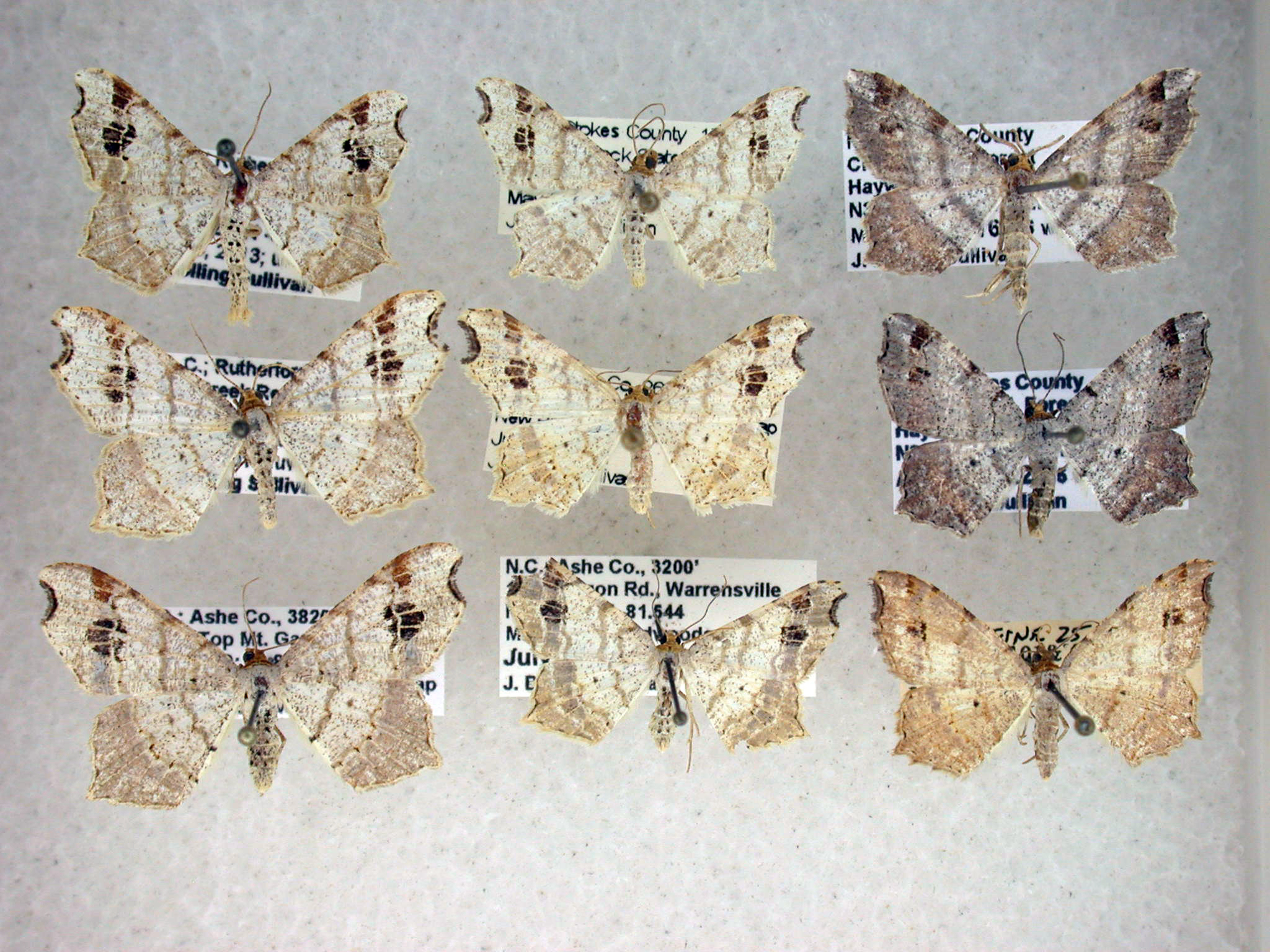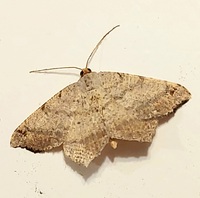
| Recorded by: Mark Basinger on 2025-09-21
Brunswick Co.
Comment: | 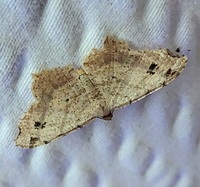
| Recorded by: Mark Basinger on 2025-09-15
Wilson Co.
Comment: |

| Recorded by: Mark Basinger on 2025-07-06
Wilson Co.
Comment: | 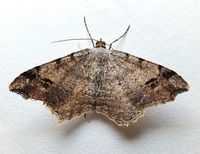
| Recorded by: Mark Basinger on 2025-04-19
Brunswick Co.
Comment: |
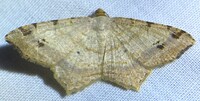
| Recorded by: Dean Furbish, Lior S. Carlson on 2024-08-17
Johnston Co.
Comment: | 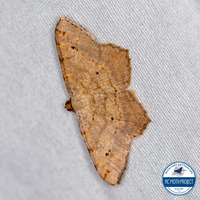
| Recorded by: Lior S. Carlson, Dean Furbish on 2024-08-13
Pamlico Co.
Comment: |
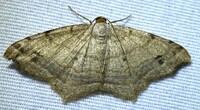
| Recorded by: Dean Furbish, Lior S. Carlson on 2024-08-12
Pamlico Co.
Comment: | 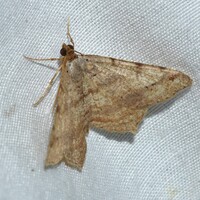
| Recorded by: Jeff Niznik on 2024-05-29
Durham Co.
Comment: |
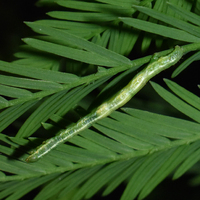
| Recorded by: Jeff Niznik on 2024-05-29
Durham Co.
Comment: | 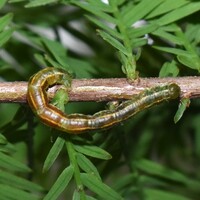
| Recorded by: Jeff Niznik on 2024-05-29
Durham Co.
Comment: A late-instar that was photographed just before it pupated. |

| Recorded by: J.B. Sullivan on 2022-05-23
Carteret Co.
Comment: | 
| Recorded by: J.B. Sullivan on 2022-05-23
Carteret Co.
Comment: |
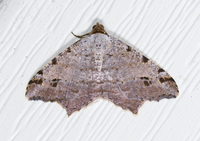
| Recorded by: Jim Petranka and Becky Elkin on 2022-02-17
Beaufort Co.
Comment: | 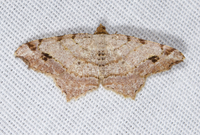
| Recorded by: Jim Petranka on 2021-03-30
Bladen Co.
Comment: |
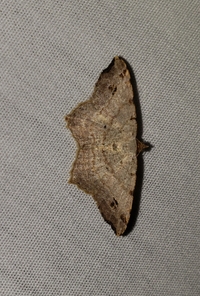
| Recorded by: Thomas C Reed on 2019-09-07
Wake Co.
Comment: | 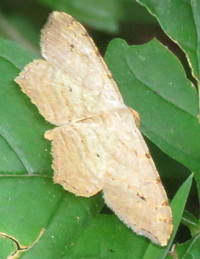
| Recorded by: Salman Abdulali on 2019-06-28
Pitt Co.
Comment: |
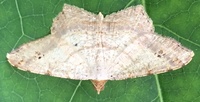
| Recorded by: Salman Abdulali on 2018-06-14
Pitt Co.
Comment: | 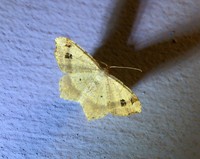
| Recorded by: Alicia Jackson on 2017-07-10
Tyrrell Co.
Comment: |
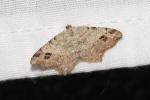
| Recorded by: B. Bockhahn, K. Kittelberger on 2017-04-12
Gates Co.
Comment: | 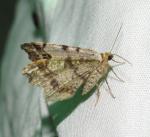
| Recorded by: B. Bockhahn, K. Kittelberger on 2017-04-12
Gates Co.
Comment: |
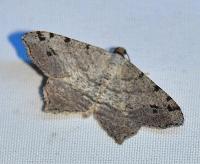
| Recorded by: Paul Scharf on 2016-03-13
Warren Co.
Comment: | 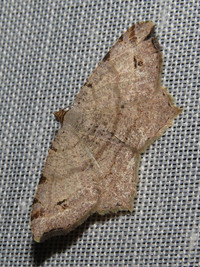
| Recorded by: Ed Corey on 2015-06-10
Washington Co.
Comment: |
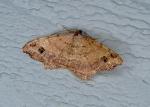
| Recorded by: T. DeSantis on 2012-07-03
Camden Co.
Comment: | 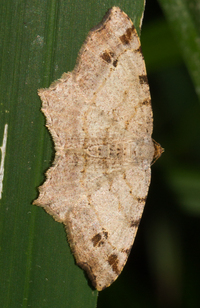
| Recorded by: Steve Hall on 2012-05-26
Halifax Co.
Comment: Late spring phase female; identified based on the shallow subapical notch (cypress swamp habitat) |
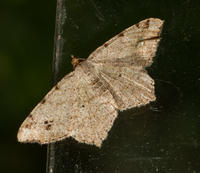
| Recorded by: Steve Hall on 2012-05-25
Halifax Co.
Comment: Late spring phase female; identified on the basis of the shallow subapical notch (cypress swamp habitat) | 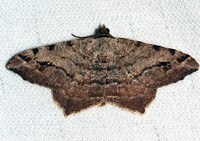
| Recorded by: Paul Scharf on 2011-04-15
Warren Co.
Comment: Early spring phase male; fovea is evident (pale brown bulges at the bases of the wings); shallow subapical notch |
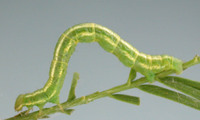
| Recorded by: J.B. Sullivan on 2010-06-08
Craven Co.
Comment: | 
| Recorded by: J.B. Sullivan on 2010-06-08
Craven Co.
Comment: |
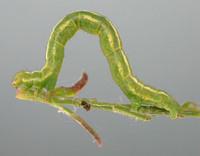
| Recorded by: J.B. Sullivan on 2010-06-08
Craven Co.
Comment: | 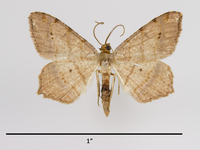
| Recorded by: SPH on 1997-08-25
Martin Co.
Comment: Summer phase male (serrate antennae, swollen hind tibiae, foveae); wingspan = 2.2 cm; forewing length = 1.2 cm |
|

 »
»
